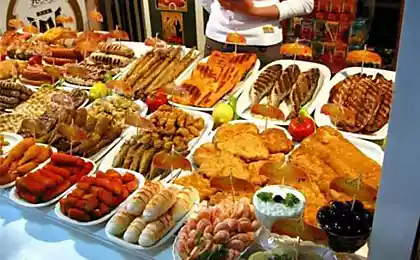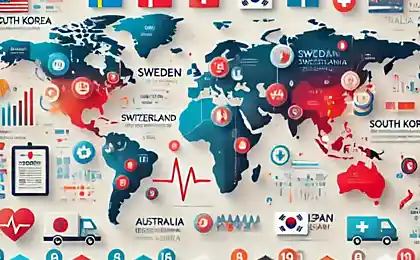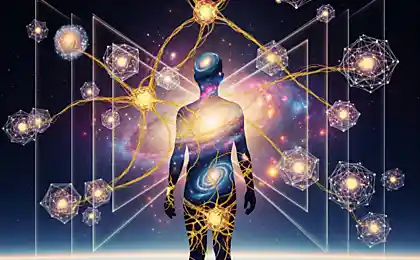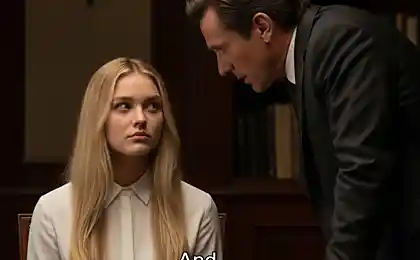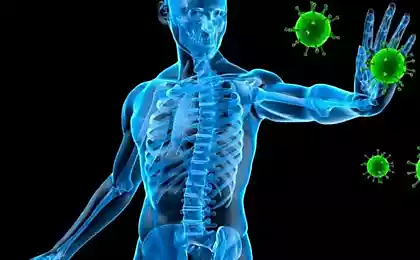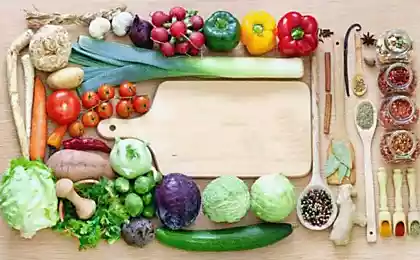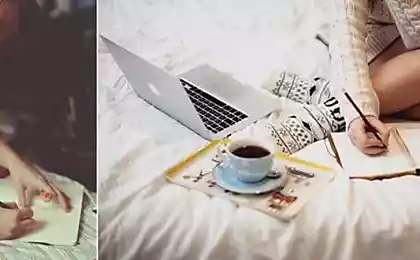666
10 harmful medical practices
CONTEMPORARY medicine Hail!
10. Children's soothing syrup

In the 19th century, physicians developed a line of sedatives for children - syrups, tablets, powders. It was alleged that they are absolutely safe. But, in fact, the funds were simply stuffed with drugs. For example, every ounce of soothing syrup Mrs. Winslow (Mrs. Winslow's Soothing Syrup) containing 65 mg of pure morphine. Medications since the ban, but they have already managed to carry out the lives of several children.
9.Lechebnaya force mercury

More 100 years ago, the mercury is actively used for medicinal purposes. Scratched knee? It is necessary to lubricate the mercury. Mercury even ingested to treat certain diseases, such as syphilis. And it helps Mercury: no man - no disease. There is a version that Mozart was poisoned rtutesoderzhaschim cure syphilis. Now everyone knows that mercury is very toxic. Symptoms of poisoning - chest pain, heart problems and lungs, cough, muscle spasms, hallucinations, etc. The poison should not be drug. 8. Reassure cough heroin

Pharmaceutical, Bayer invented heroin in the late 19th century. The drug has been actively used to treat coughing. Heroin really stop coughing, but at the same time turns a man into a drug addict. So you decide to become a drug addict, or just buy a pack of candy Halls.
7. Treatment of impotence electricity
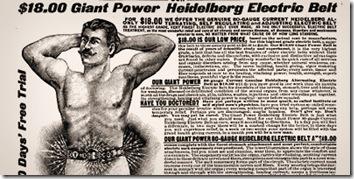
At the end of the 19th century marvels that can create electricity, were known to ordinary people. An idea to use electricity to "warm up and lift" manhood. Electrified beds, elaborate electric belt, beating current of the penis, and other devices, ostensibly returning virility, were actively promoted. You would never buy something like that, if they heard the cries of the first buyer of the electric belt, after he tried it in action.
6. Lobotomy
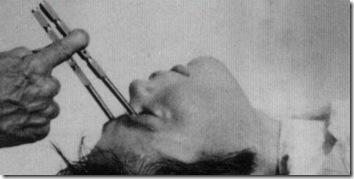
Lobotomy was a popular medical practice in the first half of the 20th century. Author lobotomy Egas Moniz received the Nobel Prize in 1949, the year. It was believed that this method can cure almost any problem related to the human psyche - from simple depression to schizophrenia. The doctor inserts a sharp instrument (at first it was a knife for chopping ice) in the human brain through the eye socket and brain tissues do the slot. Thus in the brain appeared defect that overlaps the source of mental problems. The practice is not lasted long, but at least 70,000 people have undergone a lobotomy before doctors realized that this method is not a panacea for the treatment of mental problems.
5. Urine
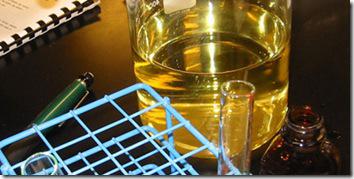
Throughout history, there were people who believed that their own urine will help get rid of the disease. These people are there to this day. But there is absolutely no scientific evidence that drinking your own urine is useful.
4. Bleed
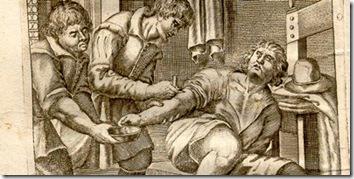
Bloodletting was one of the most popular treatments for many diseases starting from the time of the ancient Greeks, and until the 19th century. The idea was this: the human body is full of four fluids - blood, phlegm, yellow bile and black bile (diarrhea) - any imbalance of these four components leads to disease. Since most of the blood in the body, then to restore the balance it had to release to make room for other liquids. If you are interested to test the validity of the theory, try to donate blood as the flu. You will see whether the disease will take place after that or not.
3. Slimming

In the 20th century, the fullness out of fashion. The pursuit of a slender figure led to the creation of hundreds of diet pills. Many pills really help you lose weight, but they have side effects such as fever, heart failure, blindness, death, and birth defects in children. Some drugs cause life-long addiction.
2. Trepanation

Trepanation - a beautiful word, which he called drilling holes in the man's head. Since ancient times, trepanation was used to treat seizures and migraine headaches. But in fact, drilling holes in the head (usually without anesthesia) did not help in the treatment of headaches or mental health problems. A few "geniuses" of individuals trepanation practiced to this day. Among them, "doctor" Bart Hughes, who had not even graduated from medical school.
1. The cure for female hysteria
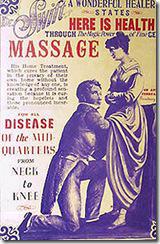
According to the doctors of the 19th century women's frequent changes of mood (with nervousness and irritability) - is a symptom of a deadly condition. Naughty and disobedient wives Victorian men went to the doctor to be treated for hysteria. Treatment was truly original - Doctor lady put their hands under her skirt and held, so to speak, vaginal massage until the lady did not reach orgasm ("the highest point of hysteria").
-
10. Children's soothing syrup

In the 19th century, physicians developed a line of sedatives for children - syrups, tablets, powders. It was alleged that they are absolutely safe. But, in fact, the funds were simply stuffed with drugs. For example, every ounce of soothing syrup Mrs. Winslow (Mrs. Winslow's Soothing Syrup) containing 65 mg of pure morphine. Medications since the ban, but they have already managed to carry out the lives of several children.
9.Lechebnaya force mercury

More 100 years ago, the mercury is actively used for medicinal purposes. Scratched knee? It is necessary to lubricate the mercury. Mercury even ingested to treat certain diseases, such as syphilis. And it helps Mercury: no man - no disease. There is a version that Mozart was poisoned rtutesoderzhaschim cure syphilis. Now everyone knows that mercury is very toxic. Symptoms of poisoning - chest pain, heart problems and lungs, cough, muscle spasms, hallucinations, etc. The poison should not be drug. 8. Reassure cough heroin

Pharmaceutical, Bayer invented heroin in the late 19th century. The drug has been actively used to treat coughing. Heroin really stop coughing, but at the same time turns a man into a drug addict. So you decide to become a drug addict, or just buy a pack of candy Halls.
7. Treatment of impotence electricity

At the end of the 19th century marvels that can create electricity, were known to ordinary people. An idea to use electricity to "warm up and lift" manhood. Electrified beds, elaborate electric belt, beating current of the penis, and other devices, ostensibly returning virility, were actively promoted. You would never buy something like that, if they heard the cries of the first buyer of the electric belt, after he tried it in action.
6. Lobotomy

Lobotomy was a popular medical practice in the first half of the 20th century. Author lobotomy Egas Moniz received the Nobel Prize in 1949, the year. It was believed that this method can cure almost any problem related to the human psyche - from simple depression to schizophrenia. The doctor inserts a sharp instrument (at first it was a knife for chopping ice) in the human brain through the eye socket and brain tissues do the slot. Thus in the brain appeared defect that overlaps the source of mental problems. The practice is not lasted long, but at least 70,000 people have undergone a lobotomy before doctors realized that this method is not a panacea for the treatment of mental problems.
5. Urine

Throughout history, there were people who believed that their own urine will help get rid of the disease. These people are there to this day. But there is absolutely no scientific evidence that drinking your own urine is useful.
4. Bleed

Bloodletting was one of the most popular treatments for many diseases starting from the time of the ancient Greeks, and until the 19th century. The idea was this: the human body is full of four fluids - blood, phlegm, yellow bile and black bile (diarrhea) - any imbalance of these four components leads to disease. Since most of the blood in the body, then to restore the balance it had to release to make room for other liquids. If you are interested to test the validity of the theory, try to donate blood as the flu. You will see whether the disease will take place after that or not.
3. Slimming

In the 20th century, the fullness out of fashion. The pursuit of a slender figure led to the creation of hundreds of diet pills. Many pills really help you lose weight, but they have side effects such as fever, heart failure, blindness, death, and birth defects in children. Some drugs cause life-long addiction.
2. Trepanation

Trepanation - a beautiful word, which he called drilling holes in the man's head. Since ancient times, trepanation was used to treat seizures and migraine headaches. But in fact, drilling holes in the head (usually without anesthesia) did not help in the treatment of headaches or mental health problems. A few "geniuses" of individuals trepanation practiced to this day. Among them, "doctor" Bart Hughes, who had not even graduated from medical school.
1. The cure for female hysteria

According to the doctors of the 19th century women's frequent changes of mood (with nervousness and irritability) - is a symptom of a deadly condition. Naughty and disobedient wives Victorian men went to the doctor to be treated for hysteria. Treatment was truly original - Doctor lady put their hands under her skirt and held, so to speak, vaginal massage until the lady did not reach orgasm ("the highest point of hysteria").
-
